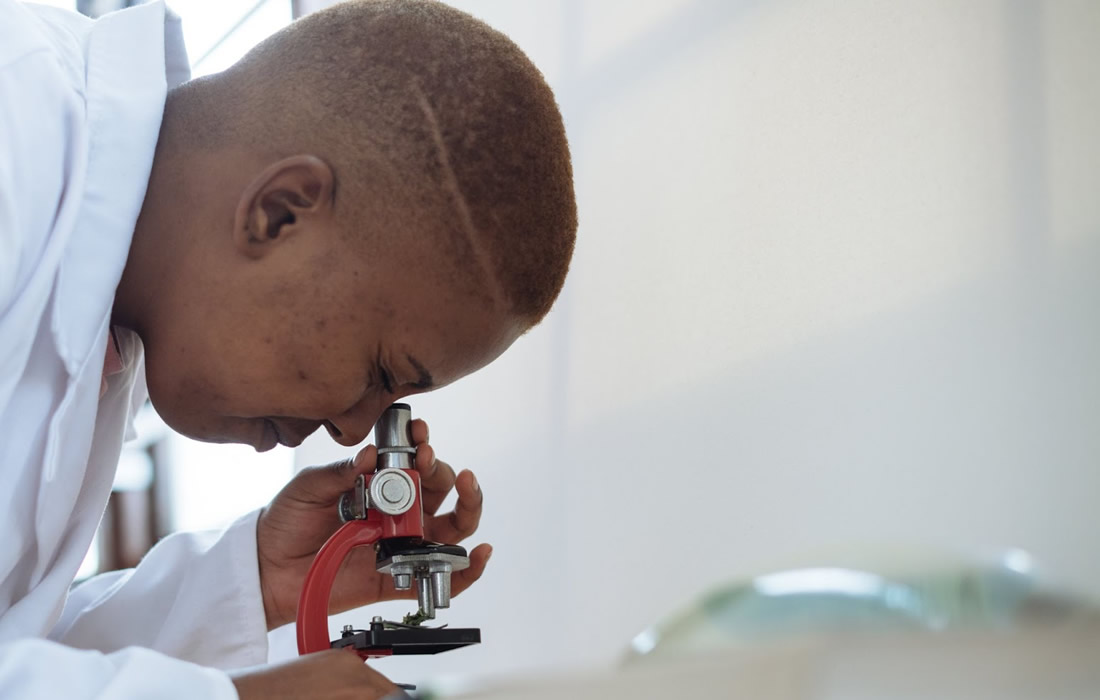Regenerative Medicine News and General Information
A Wireless, Handheld, Non-Invasive Device Could Detect Alzheimer’s and Parkinson’s Biomarkers
An international team of researchers has developed a handheld, non-invasive device that can detect biomarkers for Alzheimer’s and Parkinson’s Diseases. The biosensor can also transmit the results wirelessly to a laptop or smartphone.
The device relies on electrical rather than chemical detection, which researchers say is easier to implement and more accurate.
Current state of the art testing methods for Alzherimer’s and Parkinson’s require a spinal tap and imaging tests, including an MRI. As a result, early detection of the disease is difficult, as patients balk at the invasive procedures.
One of the prevailing hypotheses in the field, which Lal has focused on, is that Alzheimer’s Disease is caused by soluble amyloid peptides that come together in larger molecules, which in turn form ion channels in the brain.
Lal wanted to develop a test that would be able to detect amyloid beta and tau peptides — biomarkers for Alzheimer’s — and alpha synuclein proteins — biomarkers for Parkinson’s — non invasively, specifically from saliva and urine.
The device described in the 2023 PNAS study, consists of a chip with a high sensitivity transistor, commonly known as a field effect transistor (FET). In this case, each transistor is made of a graphene layer that is a single atom thick (GFET, with the G standing for graphene) and three electrodes-source and drain electrodes, connected to the positive and negative poles of a battery, to flow electric current, and a gate electrode to control the amount of current flow.
Connected to the gate electrode is a single DNA strand, which serves as a probe that specifically binds to either amyloid beta, tau or synuclein proteins. The binding of these amyloids with their specific DNA strand probe, called an aptamer, changes the amount of current flow between the source and drain electrode. The change in this current or voltage is the signal used to detect the specific biomarkers, like amyloids or COVID 19 proteins.
The research team tested the device with brain-derived amyloid proteins from Alzheimer’s and Parkinson’s deceased patients. The experiments showed that the biosensors were able to detect the specific biomarkers for both conditions with great accuracy, on par with existing state of the art methods. The device also works at extremely low concentrations, meaning that it needs small quantities for samples-down to just a few microliters.
Next steps include testing blood plasma and cerebro-spinal fluid with the device, then finally saliva and urine samples. If those tests go well, Ampera Life plans to apply for FDA approval for the device, hopefully in the next five or six months.
Sources:
Tyler Andrew Bodily, Anirudh Ramanathan, Shanhong Wei, Abhijith Karkisaval, Nemil Bhatt, Cynthia Jerez, Md Anzarul Haque, Armando Ramil, Prachi Heda, Yi Wang, Sanjeev Kumar, Mikayla Leite, Tie Li, Jianlong Zhao, Ratnesh Lal. In pursuit of degenerative brain disease diagnosis: Dementia biomarkers detected by DNA aptamer-attached portable graphene biosensor. Proceedings of the National Academy of Sciences, 2023; 120 (47) DOI: 10.1073/pnas.2311565120
Materials provided by University of California – San Diego. Original written by Ioana Patringenaru. Note: Content may be edited for style and length.
University of California – San Diego. “This wireless, handheld, non-invasive device detects Alzheimer’s and Parkinson’s biomarkers.” ScienceDaily. ScienceDaily, 13 November 2023. <www.sciencedaily.com/releases/2023/11/231113155218.htm>.
Images from:
Photo by RF._.studio
https://www.pexels.com/photo/focused-biologist-studying-plant-leaf-with-microscope-3825541/

